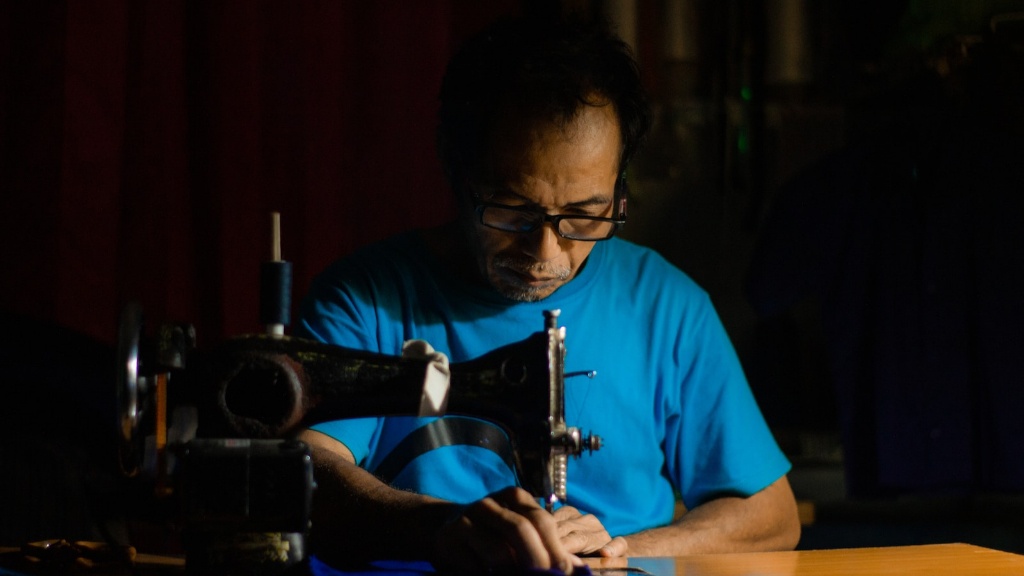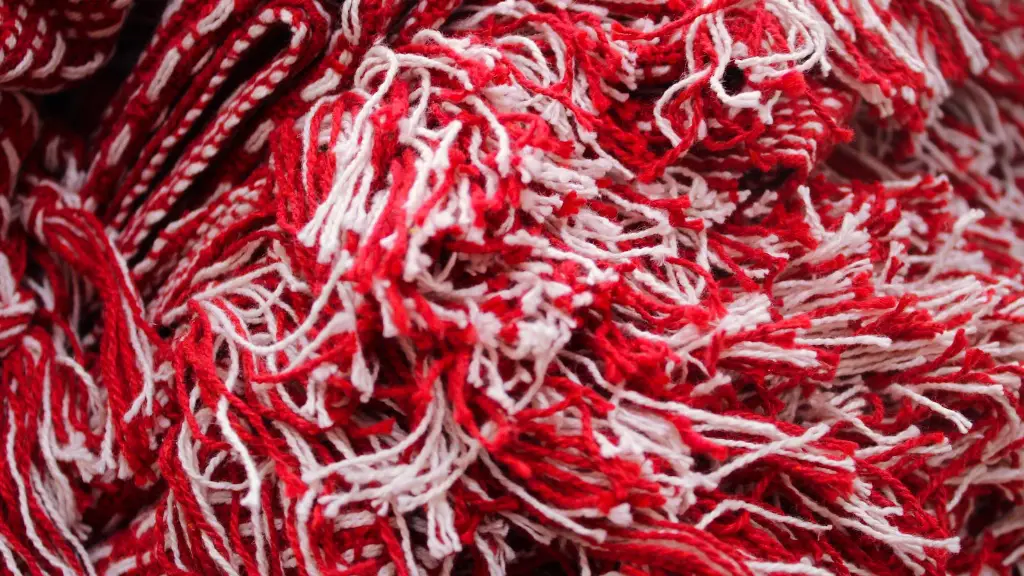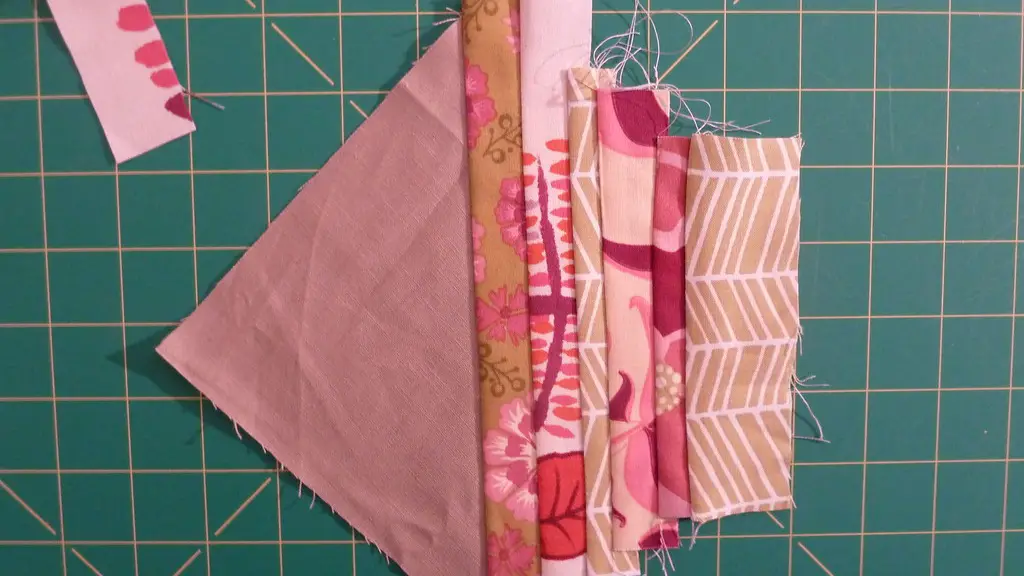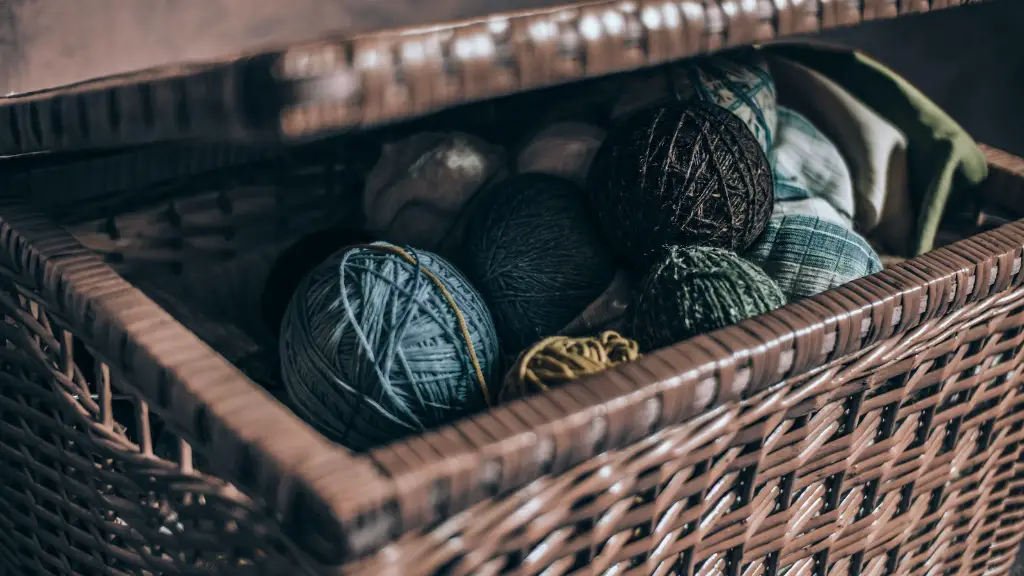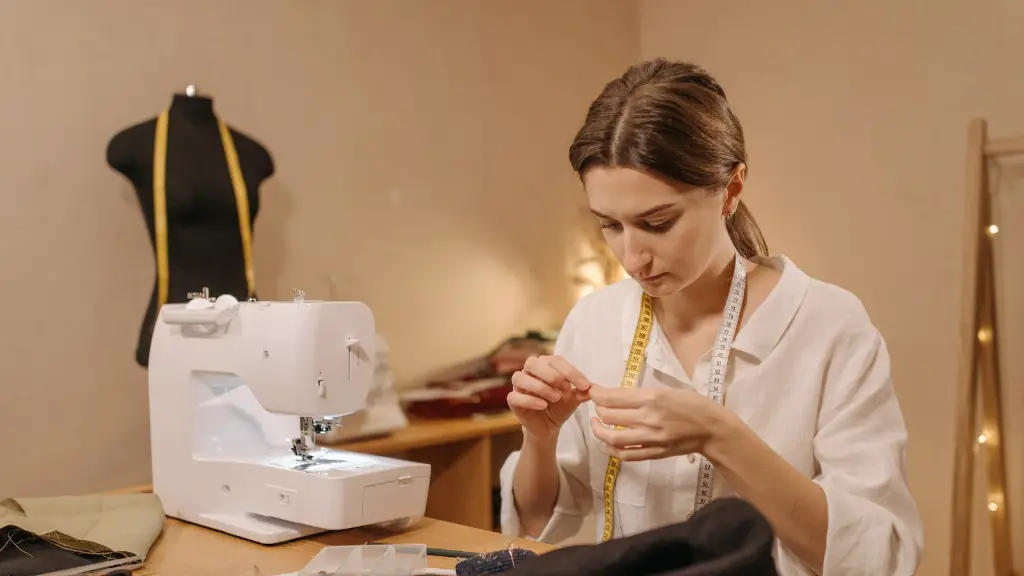There are a few things to keep in mind when using a sewing pattern. First, trace the pattern pieces onto tracing paper or fabric before cutting into your good fabric. This will allow you to make any adjustments to the pattern before cutting into your final fabric. Second, follow the grainline on the pattern pieces when cutting and assembling your garment. The grainline is the direction the fabric fibers are running, and following it will ensure your garment hangs correctly. Finally, pay attention to the notches on the pattern pieces. These notches indicate where seams should line up, and matching them correctly will give you a better-fitting garment.
To use a sewing pattern properly, first identify the size you need based on your measurements. Next, find the corresponding tissue pattern piece and cut it out. Then, transfer any markings from the pattern piece onto your fabric. Finally, cut out your fabric piece, following the lines you transferred.
How do you use a sewing pattern without cutting it?
You can use dressmaker’s carbon to transfer darts, notches and other markings by rolling the tracing wheel along the pattern lines corresponding to your size and moving the dressmaker’s carbon around as you need to.
Before you begin cutting your fabric, it’s important to lay it out correctly on the cutting mat. Once you have the fabric in place, take your tracing wheel and roll it along the pattern piece, following the line for your size. This will transfer the pattern onto the fabric. Next, trace the pattern markings, like notches and darts. Finally, remove the pattern and you’re ready to start cutting!
Do you lay pattern on right or wrong side of fabric
If you are cutting two layers of fabric, the pattern pieces do not have to be placed printed side up. If you are cutting one layer, however, the pattern pieces must be placed printed side up. They must also be placed on the right side of the fabric.
Traditionally, sewing patterns are printed on large sheets of thin tissue paper. You can either cut the pattern out or trace it onto another piece of paper. If you trace the pattern, be sure to use a light-colored pencil so that you can see the lines clearly. You may also want to use tracing paper, which is a bit sturdier than tissue paper and will hold up better when you’re tracing multiple layers.
What are the easiest sewing patterns to use?
There are a few things to consider when choosing a sewing pattern as a beginner. Firstly, look for patterns with easy to follow instructions. Secondly, choose a pattern that is a quick and simple sew. Thirdly, look for a pattern that is well-drafted and will become a staple in your wardrobe. fourthly, consider a pattern that is easy to adjust to your own measurements. And finally, fifthly, find a pattern that comes with helpful tutorials.
If you want to avoid homemade sewing results, your pattern pieces must be placed on your fabric correctly. If pattern pieces aren’t cut straight, they won’t hang straight on your body either. And there is no alteration that can fix a pattern that isn’t cut properly.
What is the easiest way to transfer design to fabric?
When transferring a design from paper to fabric, it’s important to press the paper against the fabric with a hot iron. Lift the iron off of the paper before moving it to the next location. Do not iron by moving your iron back and forth along the paper, as this distorts the image.
The tracing method is easiest to do on smooth fabric, and fabric that is light coloured. The first step is to print off your embroidery pattern (or trace it onto paper or tracing paper). If the fabric is fine enough, you might be able to place your fabric directly over your paper pattern and start tracing.
What is the easiest way of transferring design into the fabric
There are a few different ways to go about this, but the most common is to use a lightbox or sunny window to backlight your tracing paper. This will allow you to see the design through the paper so that you can transfer it to your fabric. You can use a number of different tools for this, including a simple pencil or tracing wheel.
Pattern layouts are important to consider when cutting out your fabric. It is important to have all the necessary pattern pieces before you begin. Spread out your fabric carefully and choose a cutting layout. With-nap layouts are best for lengthwise folds, and without-nap layouts are best for crosswise folds. Lengthwise double folds are also an option. Grainlines and layout anchors are important to keep in mind when cutting out your fabric.
What principle of laying the pattern is to be followed?
When laying patterns, it is important to press the fabric as well as the pattern pieces flat. This will ensure that the pattern pieces lay flat on the fabric and don’t shift around. It is also important to use a large table or any hard flat surface for accommodating the work. This will provide a stable surface for cutting the fabric. If an open layout is used, place the fabric right side up on the table.
When cutting fabric, it is usually best to fold it right sides together. This ensures that the fabric will lay flat and that any design on the fabric will be properly aligned. However, there are some cases where it is necessary to cut the fabric right side out. This is usually when the fabric has a design that must be taken into account and that does not show through to the wrong side. In these cases, it is best to follow the cutting layout on the pattern guide sheet.
How do you cut a pattern for beginners
Out So what I want to do is I usually come here and I find my medium And this is the line that I’m going to use to sort of likeground myself with the characters that I’m talking to And so I have this one girl she’s from like Portugal or something and she’s really cool we just started talking And I was like you know what I’m going to do I’m just going to like to the airport and I’m going to get a ticket to Portugal and I’m going to go see this girl And so that’s what I did I got a ticket I flew out there and it was the best experience ever we just like clicked and now we’re really good friends so yeah I would recommend doing that
There are a few common mistakes that people make when learning to sew. Here are 10 of the most common mistakes to avoid:
1. Using the wrong type of machine needle
2. Not replacing your needle regularly (about every 8 hours of sewing)
3. Not finishing your seams
4. Not pressing your seams/using the wrong heat setting on your iron
5. Choosing the wrong fabric
6. Using your sewing scissors on paper
7. Not testing your thread tension
8. Not marking your fabric before cutting
9. Not following the grainline of your fabric
10. Not using a seam ripper
What are the two guidelines for cutting out a pattern on fabric?
1. Use pattern weights instead of pins – they’re easier to handle and won’t get in the way
2. Use a rotary cutter – it’s much faster and more precise
3. Overlap main pieces and pocket piece so the seam lines match up – this will save you time and effort in the long run
4. Stack the main and lining fabrics and cut them both out at once – it’s quicker and you’ll achieve a more accurate result
5. If you’re making more than one garment, cut two at once – it’ll save you a lot of time in the long run
6. Cut large pieces first – they’re usually the most time-consuming
Whether you’re a beginner or a seasoned sewer, these 40 sewing projects are sure to impress. From cute home decor to simple gifts, there’s something for everyone. So grab your sewing machine and get started!
What is the strongest sewing technique
The backstitch is one of the strongest, most adaptable, and permanent hand stitches. It’s also a bulk-free knot replacement for the beginnings and endings of hand-sewn seams. It’s called a backstitch because the needle goes into the fabric behind the thread of the previous stitch.
In the sewing world, patterns fall into one of two camps, indie/independent patterns or big four patterns. The sewing pattern companies that comprise the “Big Four” are Vogue, McCalls, Butterick and Simplicity. Indie patterns are designed by individuals or small, independent companies, while big four patterns are designed by the large, corporate companies. There are pros and cons to both types of patterns.
Some people prefer indie patterns because they feel like they are supporting small businesses and they often like the unique designs. Indie patterns can also be more affordable than big four patterns. On the other hand, some people feel like big four patterns are more reliable in terms of fit and quality. Big four patterns also tend to be more widely available than indie patterns.
Ultimately, it comes down to personal preference. There are great patterns to be found in both camps!
Conclusion
There is no one right way to use a sewing pattern, as there are many different ways to sew. However, there are some general tips that can help you get the most out of your pattern. First, make sure to read the entire pattern before you start cutting or sewing. This will help you understand the construction of the garment and any special techniques that may be required. Next, use a sharp pair of scissors to cut out the pattern pieces, being careful to follow the grainline markings. Once the pieces are cut out, you can begin to assemble the garment according to the instructions. Be sure to take your time and check each step as you go to ensure that everything is coming together as it should. With a little patience and attention to detail, you can sew a beautiful garment that is sure to turn heads.
Once you have chosen the pattern you would like to use, it is important to take accurate measurements of yourself or the person you are sewing for. Sewing patterns will have information on the envelope about what measurements you will need to take. With these measurements you will then need to decide which size in the pattern will fit the person best. It is important to choose the right size, because if the garment is too large it will be very uncomfortable to wear and if the garment is too small it will rip easily.
